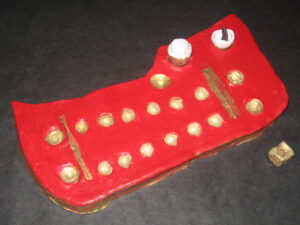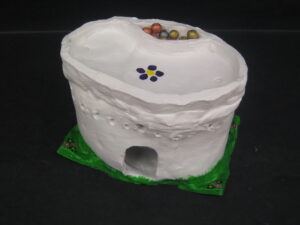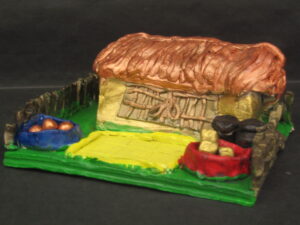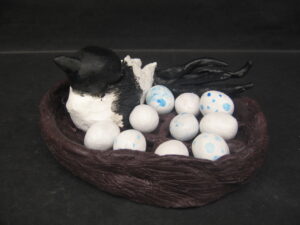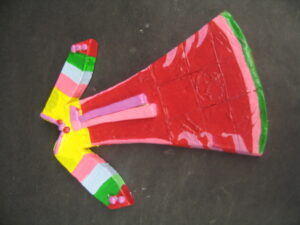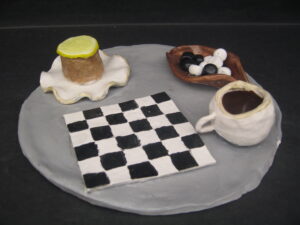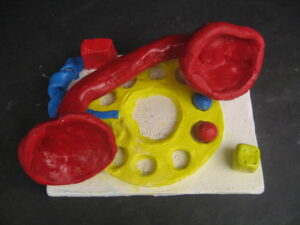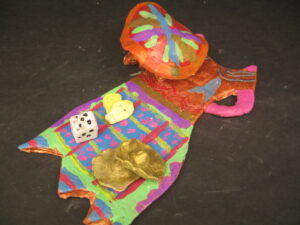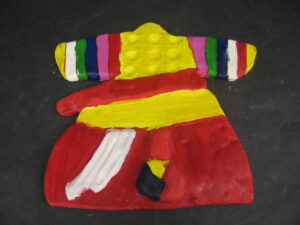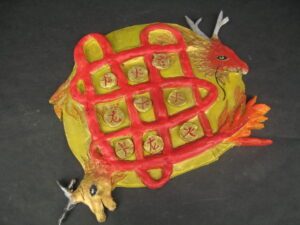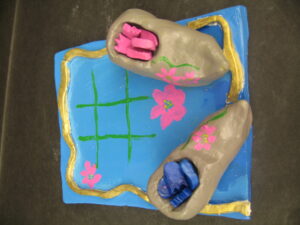Teacher: Maure Irwin-Furmanek
Grade Level: 6th Grade Art
Topic: Ceramics: Cultural Game Boards
Date: March 2013
Unit Rationale: In this unit, students research and reflect upon where their ancestors descended from and the culture of their country. Students create a ceramic game board that reflects a specific aspect of their culture. They begin the unit by researching where their ancestors originated from and any traditions or customs that have been passed down the family tree. By talking with their family (both immediate and extended) and by doing web-based research, students generate three specific categories of their culture (i.e. Italian food, German architecture, Korean customs, etc.) and describe the significance to the specific culture. Students then choose a specific theme for their ceramic game board and collect images and facts about the chosen theme in order for them to create a design and construct with clay. When the project is complete, students share their cultural game board and research with their peers, teaching them about their own heritage and ancestor’s culture.
Lesson Objectives:
- Students will be able to sculpt a ceramic game board that reflects their ancestors heritage/country’s culture
- Students will be able to apply the following ceramic techniques to create the game board: wedging, slab building, coil building, additive process, subtractive process and surface texture,
Materials:
- Sketches/Designs/Stencils/Research Photos
- Clay tools
- Clay
- Slip
- Table Clothes
- Boards
- Plastic Bags
Lesson Sequence:
- Announcements
- Review Objectives and Procedures for the day’s lesson
- Choose student helpers to help pass out clay projects
- Students continue to work on their clay game boards using and applying the clay techniques and vocabulary that they gained through the clay demonstration in a previous class
- The teacher will continue to observe and assist students on an individual basis to check for understanding, give feedback, assist and answer questions
- At the end of the period, the teacher will close with a review of what is to come in the following period and clean up procedures.
- Students will wrap both their boards and extra clay with plastic making sure their name is visible. They will bring their projects to the designated shelve.
Assessment/Reflection
During this class period: Observation, Question for Understanding
At the end of the project: Summative Assessment (See Project Rubric)
